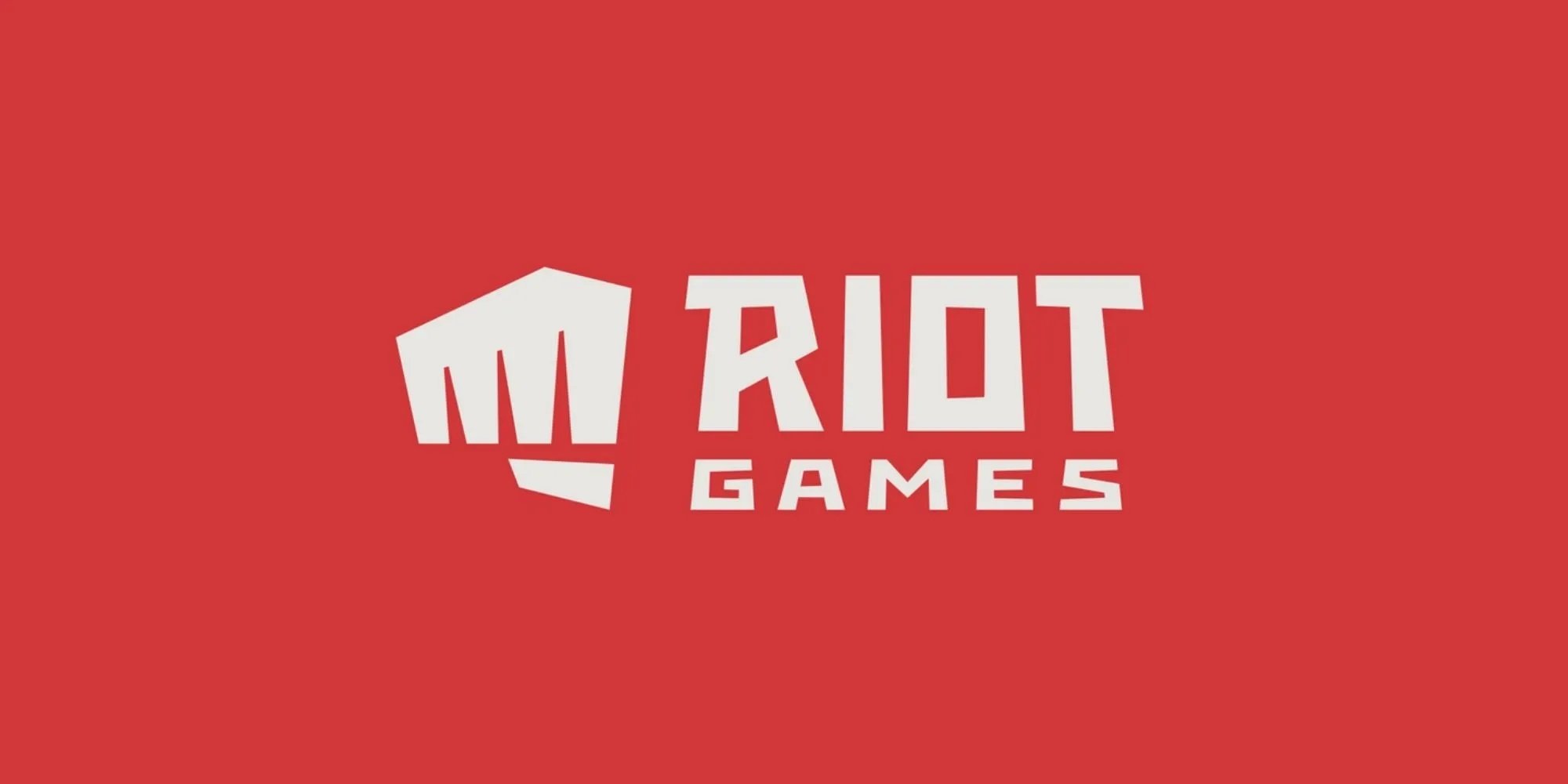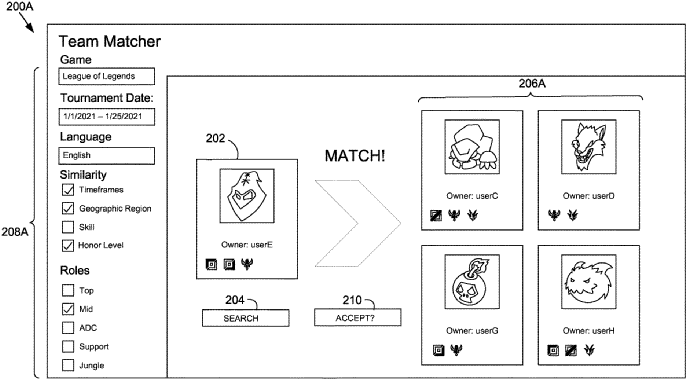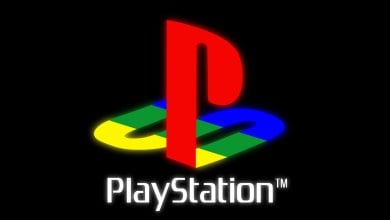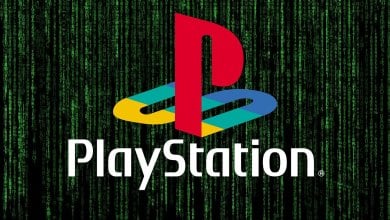
The gaming industry has been evolving at an unprecedented rate in recent years. Game developers are constantly trying to innovate game design and create crafty mechanics and unforgettable gameplay experiences in order to amaze players and win them over with their games.
For this reason, developers are constantly trying to create innovative mechanics such as the Nemesis system by Monolith for Middle-Earth games. So it is no surprise to know that such ambitious systems and mechanics are patented so that others may not use them without the developer/publisher/owner’s permission.
Recently, Riot Games filed a patent for a team formation system that will analyze various factors of a player to better match them with similar people for better, synergic team formation.
Major Takeaways:
- Riot Games has filed a patent for a better team-making system.
- The system will consider various factors and data to better match up with similar players for better teams.
- Will rely on various factors such as similar playtime, and much more.
The patent is for “ACTIVITY-FACTORED TEAM FORMATION IN MULTIPLAYER ONLINE GAMING”, and as the name states, it is supposedly a system that relies on a player’s activity in-game to make better teams in online games. The patent was recently published on September 29, 2022.
The basic description reads:
In various examples, the present system tracks gameplay timeframes for when a user is engaged in an instance of gameplay. The system can then determine one or more typical timeframe(s) for when the user engages in gameplay. In some embodiments, the user can access a team matching UI and request to be matched with other user accounts and/or to be presented with a list of other user accounts who might be a good match for the user, such as those associated with similar typical timeframes for gameplay. Based on the request from the user, a set of user accounts available to be matched can be ranked based, at least in part, on a similarity between gameplay timeframes associated with the user and each of the user accounts in the set of user accounts. Using the ranking, the system can generate a team of users with similar typical gameplay timeframes.”
As can be inferred, this system by Riot Games relies primarily on time frames to match you up with better teammates with similar timeframes. It does so by tracking a player’s timeframes while the player is playing the game.
After it gathers enough data, the system basically determines during what timeframes a player plays the game mostly. Using that data, the system will then match the player up with people who have similar timeframes during which they play the game when the player is looking for teammates.
The system will rank the users for team-making based on similarities, and the timeframes will only be one factor it would take into consideration for that.
To say that it is a useful system would be great undermining it. Those who play online games or MOBAs as this system seems to be typically catered towards would know how difficult it is to find reliant teammates. In conventional systems, it can be difficult for users to decide which team to join due to a large number of teams and a lack of information available regarding those teams on team-finding networks.
This is no surprise as online games tend to have players from all around the world, and typically with different schedules in different time zones. In League of Legends by Riot Games, there are many team-based tournaments, and other than to participate and possibly win in them, players also look for teammates to practice with.
In such cases when there is such a colossal amount of players and teams available, a player probably chooses from among the first few results and hopes that they got a good pick. A dice roll as many would say.
However, users grouped into teams using these conventional systems often have different schedules and typical gameplay timeframes making it difficult to coordinate a time of day to practice for and/or play in team-based tournament games. As a result, scheduling difficulties can cause teams to disband, requiring the users to try to find a new team with players whose schedules might better align. Moreover, team-based tournament games can be a stressful experience for users. Users often prefer to practice with other members of the team and prefer to be on a team with players who will approach tournament-based games in a serious manner. If a player on the team does not play with competitive integrity, the team may lose the tournament and other members of the team can have a negative experience.”
This is very true. Suppose that you wish to practice for a tournament in League of Legends, and are looking for teammates to other practice with or form a team with in order to win the tournament, but the other player you matched up with you had a long day and is just here for some quick entertainment and engagement.
Or rather, suppose that they are a person from a completely different time zone and they are just about to sleep. They would barely have any motivation to stay in the game after maybe the first few matches if it gets that far at all. Suppose that you find someone who sticks with you, but they have a regular job or some sort of prior engagement, which would prevent them from taking part in the tournament.
The examples for this are countless but it is the bitter truth, finding players who you can stick with you is a dice roll in every sense of the word. However, the story changes completely when you think about payers who play at the same time as you, which is what Riot Games wants to utilize.
Now, schedules can be very haphazardous, but there typically are one or more timeframes during which you play the game regularly, or even semi-regularly. It is also very possible, considering how many players there are for online games, that there are several other people around the world with similar timeframes.
If someone were to match up and make a team with them, seeing as they have similar timeframes during which they play the game, the players would have a MUCH higher chance of sticking together and remaining a team. This is exactly what Riot Games aims to achieve with this system, ascertain a player’s timeframes, and match them up with players with similar timeframes.
the present system can track a set of timeframes for when a user is engaged in an instance of gameplay (i.e., gameplay timeframes), such as playing League of Legends®. Additionally or alternatively, timeframes during which a user is taking part in a tournament gaming session and/or a free-play gaming session (e.g., non-tournament gaming session) can be considered a gameplay timeframe. Each instance of gameplay can be tracked and stored in a memory, such as a database.”
As stated, the example being League of Legends, Riot Games would create a database by gathering relevant data from players. This would mainly consist of timeframes during which the player plays a game, League of Legends in the example given by Riot Games.
Utilizing a similarity of tracked gameplay timeframes, a user (i.e., a user account) can be automatically matched with a set of user accounts to form a team. Alternatively, the user can be presented with a list of matched user accounts. In some embodiments, based on receiving the request from the user to be matched with other user accounts and/or to be presented with a list of the other user accounts who might be a good match for the user, a set of user accounts can be ranked based on, among other things, a similarity between tracked gameplay timeframes associated with the user and each of the user accounts in the set of user accounts.
In some embodiments, user accounts can be automatically or selectively ranked based further on a similarity of geographical region.
In further embodiments, user accounts can be ranked based further on player attributes associated with a user account, such as player skill level, social connections, previous gameplay experiences with the user account, and/or position preference.”
This further elucidates that a user would be presented with a list of players or users with similar time frames, but the system will use other factors to determine which users would be the best fit for a player. This may include tracked timeframes, geographic location, or other factors such as a player’s skill level, and so on, as stated in the patent.

The patent uses the hit Riot Games MOBA League of Legends as an example, but Riot Games has many other online games as well that it could be applied to in the future, such as its very own Valorant.
Currently, the patented system has not been applied in any of its games, but Riot Games is definitely on the right track. The system would certainly come a long way in alleviating the many frustrations of team formations of League of Legends. Whether it is applied to it, or any other game by Riot Games, only time will tell.
Similar Reads: Kenzan Kiwami Might Never Get A Remake, Says Developer
Thanks! Do share your feedback with us. ⚡
How can we make this post better? Your help would be appreciated. ✍



